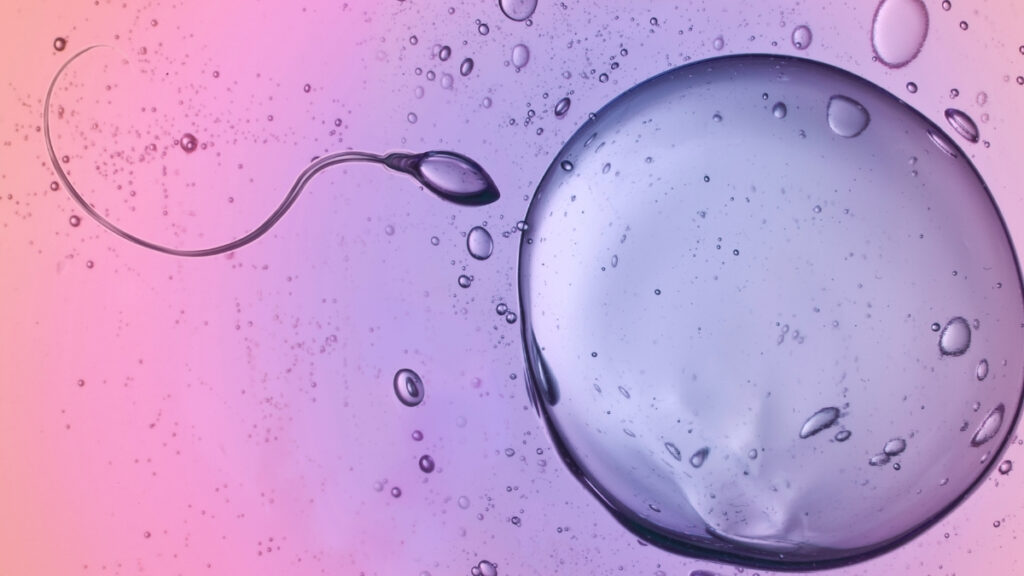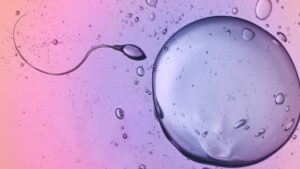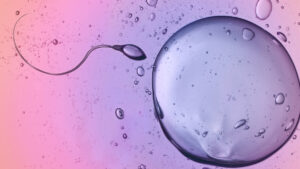
Research led by Kenta Ishimoto, a mathematical scientist at Kyoto University, has revealed new insights into how human sperm navigate through highly viscous fluids, seemingly contradicting Newton’s third law of motion. This study, published in October 2023 in the journal PRX Life, examines the mechanisms of sperm and other microscopic swimmers, shedding light on their ability to overcome friction that would typically hinder their movement.
Newton’s third law states that “for every action, there is an equal and opposite reaction.” This principle applies to macroscopic objects, like colliding marbles, where forces interact predictably. However, microscopic organisms, such as sperm, operate under a different set of rules due to their unique interactions with their surrounding environments. The research highlights that these non-reciprocal interactions allow sperm and similar cells to swim in a manner that deviates from established physical laws.
The study analyzed experimental data from human sperm and modeled the swimming patterns of Chlamydomonas, a single-celled green algae. Both organisms utilize flexible, whip-like appendages called flagella, which are capable of deforming to propel them forward. In viscous environments, traditional physics would suggest that these flagella would lose significant energy, rendering movement nearly impossible. Yet, the research found that the elasticity of these flagella enables efficient propulsion without significant energy loss to the surrounding fluid.
The team discovered that sperm tails and algal flagella possess what the researchers termed “odd elasticity.” This characteristic allows the flexible structures to navigate through thick fluids without incurring the expected resistance. However, the concept of odd elasticity alone did not account for the propulsion generated by the wave-like motions of these appendages. To address this, the researchers introduced a new term: “odd elastic modulus.” This term describes the internal mechanics that govern the flagella’s movements and their unique interactions with surrounding fluids.
The implications of this research extend beyond understanding biological systems. The findings could inform the development of small, self-assembling robots designed to replicate the behaviors of living organisms. The modeling techniques employed in this study may also enhance understanding of collective behaviors in various biological and physical systems.
By challenging traditional interpretations of physics at the microscopic level, this research opens new avenues for investigation in both biology and engineering. The study emphasizes the complexity of nature and the need for continued exploration into how living organisms adapt and thrive in diverse environmental conditions.






